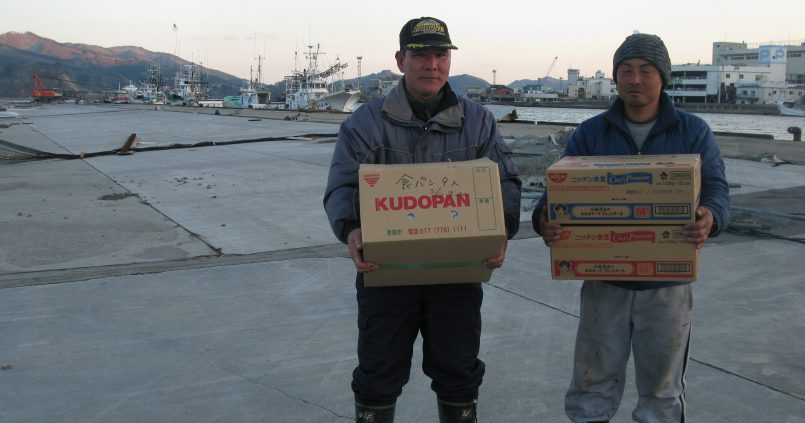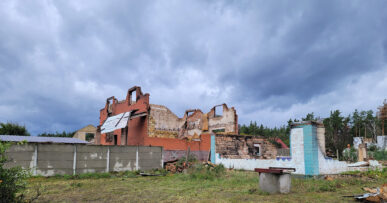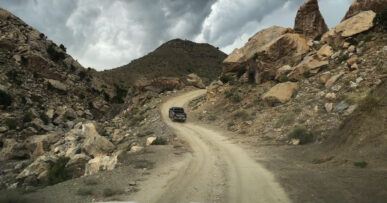- A Magnitude 8.9 Earthquake Rocks Tōhoku, Tsunami Devastates Sendai, State of Emergency Declared in Japan
- Reporting from Tokyo 3 Days After the Earthquake
- The Tōhoku Earthquake, Part 1: The Anatomy of Failure
- The Tōhoku Earthquake, Part 2: Fire and Water
- The Tōhoku Earthquake, Part 3: Fragile Civilization
SENDAI, Japan–As I drive into the town of Rikuzen-Takata, a scene similar to a nuclear holocaust comes into focus. The town was flattened by the velocity of the tsunami, and only a few concrete structures can be seen in the distance. The field is full of wood debris about 5 feet high. As I walk up to the large canal in the middle of town, which is about 200 meters wide, I cannot believe what I see. A large steel bridge that went over the canal has been washed away. The twisted metal beams that used to be the bridge are about 200 meters upstream, ripped apart by velocity and energy of the tsunami.
A firefighter with a Rikuzen-Takata insignia on his uniform tells me more about the disaster, “The first tsunami shot up the concrete riverbed and flew out into the city. No one imagined such speed and force.” He points out a three-story school with broken windows on the hill. “Many people escaped to the school. But the wave overtook the building. We found many bodies, including students, there.” I see pain in his eyes. This was the town where he and his ancestors were born and raised. It doesn’t exist any longer.
The river stretched through the town for about 6 kilometers before meeting the mountains. Everything in its path was destroyed. The river turned out to be a death sentence for this once-thriving city. The volume of the Tsunami water increased the pressure of the river and made it lethal to its neighboring dwellers.
I reach the town of Ofunato. This town was known for its fishing industry. Most of the residential areas have been preserved, but there was heavy tsunami damage in the port and industrial areas. I drive to the port to investigate. Upon arrival, I spot a couple of fishermen next to their commercial fishing boats. They motion for me to approach them.
An older man says in a heavy Tohoku accent, “Thank God you guys are here. No one has come over here for more than three days now. We no longer have any food. Can you take us to City Hall up on the hill to fetch some food so we don’t starve to death?”
As we enter City Hall, a cheerful manager welcomes us and gives them boxes of food. He says, “We received food from the central government, but we have no way to distribute it. We weren’t prepared for half of the city being destroyed.”
I drive the fishermen back to their boat. They offer me some of their food. I politely refuse. “I don’t want you guys to starve on your boat, because who knows when people will come up here again.” They laugh heartily. Great people. If anyone could overcome this incredible tragedy, it would be people from Tohoku.
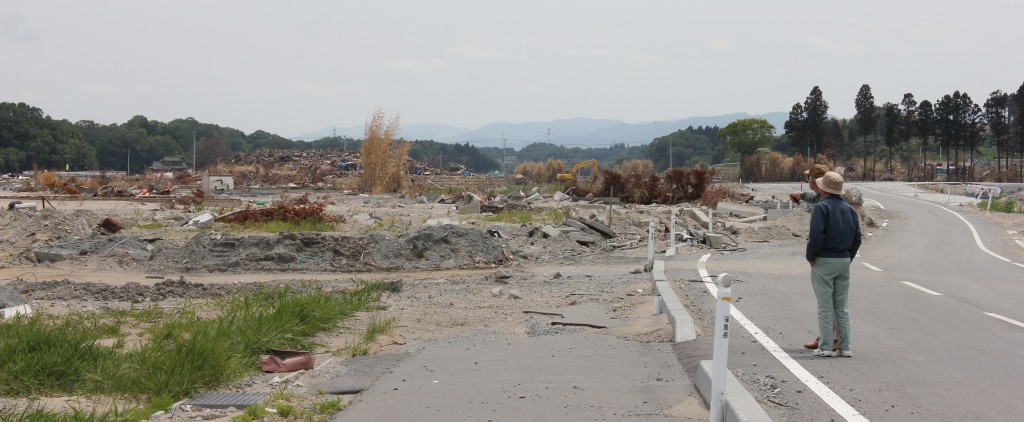
It is interesting to see how the Japanese government is handling this unprecedented disaster. It is a textbook and total-control approach. After seven days, I still have not seen a single nonprofit organization here, not even the Red Cross. I really feel that this 400-kilometer stretch of destruction is too much for the Japanese government. I think they designed a disaster response for a fairly focused area, not for a big part of the country. Huge issues in the disaster zone and surrounding area have arisen from a lack of gasoline, food, medicine, and basic necessities. Almost all the stores, from Sendai and the surrounding unaffected cities, are still closed after one week. The primary reason is that the main freeway, “Tohoku Expressway,” has been designated by the government as only for emergency vehicles. No private-sector vehicles are allowed access, including nonprofit relief organizations, unless there is a proper permit.
A severe fuel shortage also limits people’s movements. I know people who have lined up for 3 hours to get 10 liters of gas. I met a family walking 5 miles to line up for 2 hours to buy food from a convenience store—but 95 percent of these stores were closed. I visited a refugee building location that had no power or heat. A nonprofit relief worker that I met in Tokyo told me that they had collected 4,000 liters of gasoline in Tokyo, but that they could not get permission to use the freeway to deliver it.
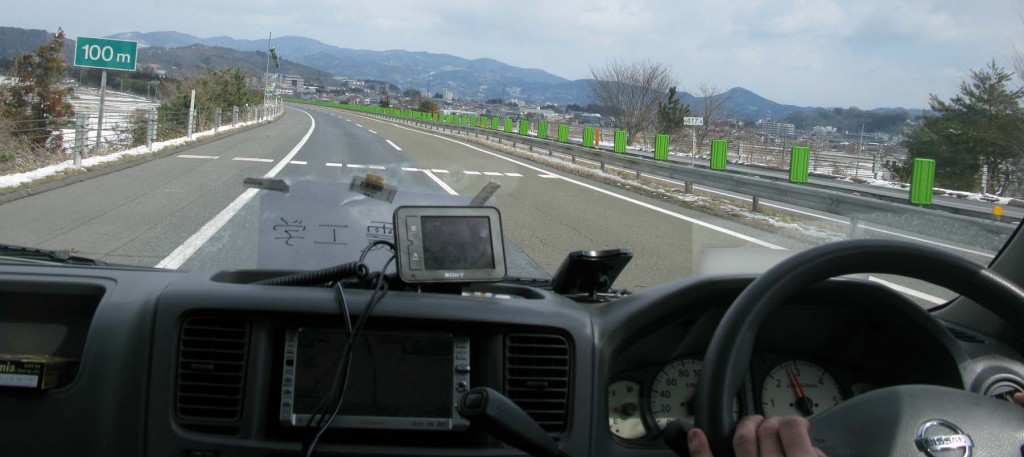
I had permission to travel on the freeway. It was deserted. This disaster is too massive for a government alone to deal with. I urge the Japanese government to open freeways to northern Japan and provide fuel along the way, so that people and commerce may access the disaster zone and its surroundings. This action will save lives and speed up recovery.
On March 19 I visit Sendai Airport, which was incapacitated by a 2-meter tsunami-induced flood. I visited the beach close by and I found 6-meter-high seawalls destroyed. It was a massive, impressive concrete fortress. However, the land side of the wall had eroded heavily. All the concrete was blown away, and the interior soil was eroded and exposed. This was caused by over-topping and suction of the wave. No one had engineered the seawall to have waves go over it.
I think nature will outdo us if we are not diligent in our designs. She will come up with bigger waves and bigger earthquakes to destroy our walls, buildings, and cities. Civilization is fragile. In just 90 seconds, we lost a big piece of eastern Japan. There is no power, no gas, no food, and no water. As of now, we do not know when these things will be restored. Lives and communities were lost forever. Japan is one of the most technically sophisticated nations in the world. They understand earthquakes, tsunamis, and nuclear energy. Even so, they were not able to sustain civilization here. The implication for the rest of world, including the United States, is significant. I think we engineers have become too arrogant and too confident about our designs and understanding of nature. This disaster proved otherwise.
I have to leave Sendai quickly. I need to present my findings at the University of Tokyo tonight. Professor Wada from my alma mater, Tokyo Institute of Technology, arranged this meeting. It will be nice to see my mentor again. As we are driving back to Tokyo on the freeway, I feel the need to stay in Sendai to help. Three hundred thousand people have lost homes and millions more do not have food or gas. I feel tremendous guilt over removing myself from this disaster. I will be back.
A day later, I walk out of the arrivals at San Francisco International Airport and my wife and kids run up to meet me. My five-year-old boy hugs me tight and does not want to let me go. My mind briefly flashes to an image of a little boy who was crying in a cold, snowy town that was destroyed.
